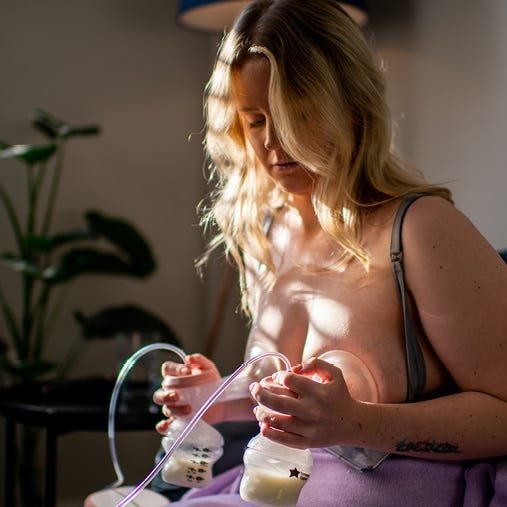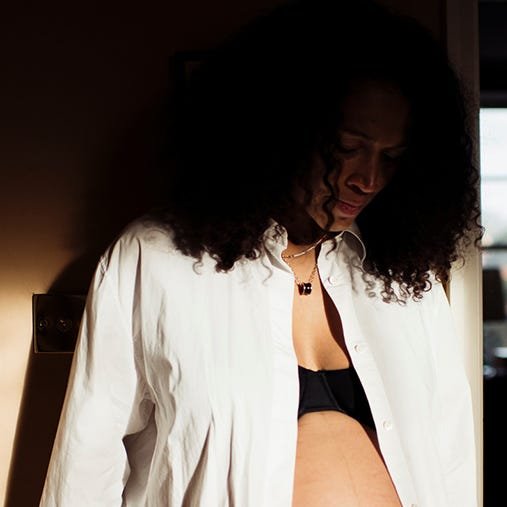How to express milk by hand step-by-step
While a manual or electric breast pump may speed up the process and allow for more milk to be expressed, some parents prefer the convenience and comfort of expressing milk by hand.
Let's go over the process of expressing breast milk, step by step.
1. Wash your hands and get a clean container
Before expressing and handling breast milk, wash your hands with soap and warm water, and dry them with a clean towel. Then, make sure you have a sterilized cup, bowl, or bottle to collect the milk.
2. Get comfortable
To prepare for expressing breast milk, sit in a comfortable seat with a drink and something relaxing, like a podcast or TV show.
3. Gently massage your breasts
This can stimulate the release of oxytocin, an important hormone for lactation. Oxytocin not only helps to release breast milk, but it can also promote feelings of relaxation and calmness for moms.
4. Use the C-shape method
Place your finger and thumb opposite one another on your breast, with your thumb at 12 o'clock, and finger at 6 o'clock. This position is known as the C-hold and is perfect for expressing breast milk by hand.
5. Press your thumb and finger together and use a rhythmic movement
You might find that there's a bit of a delay before your breast milk or colostrum begins to trickle out. Take your time and establish a comfortable rhythm that works for you.
6. Move your finger and thumb around the breast
After your breast milk or colostrum starts to flow, you can try expressing it from different areas of your breast by adjusting your hand placement.
7. Move back and forth between your breasts
When you've expressed all the milk you can from one breast, repeat the process on the opposite one, then go back to the first breast. You can repeat this process as many times as feels comfortable for you.
8. Feed your baby or store your expressed milk for later
Once you're done, you can either feed your baby the expressed milk straight away using a bottle or safely store it in the fridge or freezer to be used at a later date.
The benefits of expressing milk by hand
- It's free: Expressing breast milk can be done in different ways, with breast pumps being a popular choice due to their versatility in shape and price. However, using your hands to manually express milk is a straightforward and equipment-free alternative. Sometimes, simplicity can be the best approach - especially when you're first getting started!
- It's convenient: You can hand express anywhere, any time.
- It can increase supply: Hand expressing after a feed or even after a pumping session can encourage more milk to be produced.
- It's better for immediately after birth: During the early days, breast milk is sticky and still features a high amount of colostrum which can get stuck to the sides of the pump. Hand expression is great because you catch everything and can feed every drop to your baby.
- It can relieve breast discomfort: If you have clogged milk ducts or your breasts have become uncomfortable and engorged, hand expressing can offer quick relief. Plus, you're 100% in control of the pace and pressure you apply.
- It can encourage baby to latch: Expressing a small amount of milk before a feed can encourage baby to latch on as it softens the breast and makes it easier for baby to feed.
How long does it take to hand express milk?
Hand expression can take five minutes per breast if you just want to express to provide some light relief, but it may take between 10 and 30 minutes per breast if you want to express a full feed.
The truth is, the amount of time it takes to hand express milk depends entirely on the person who's expressing - no experience is the same!









